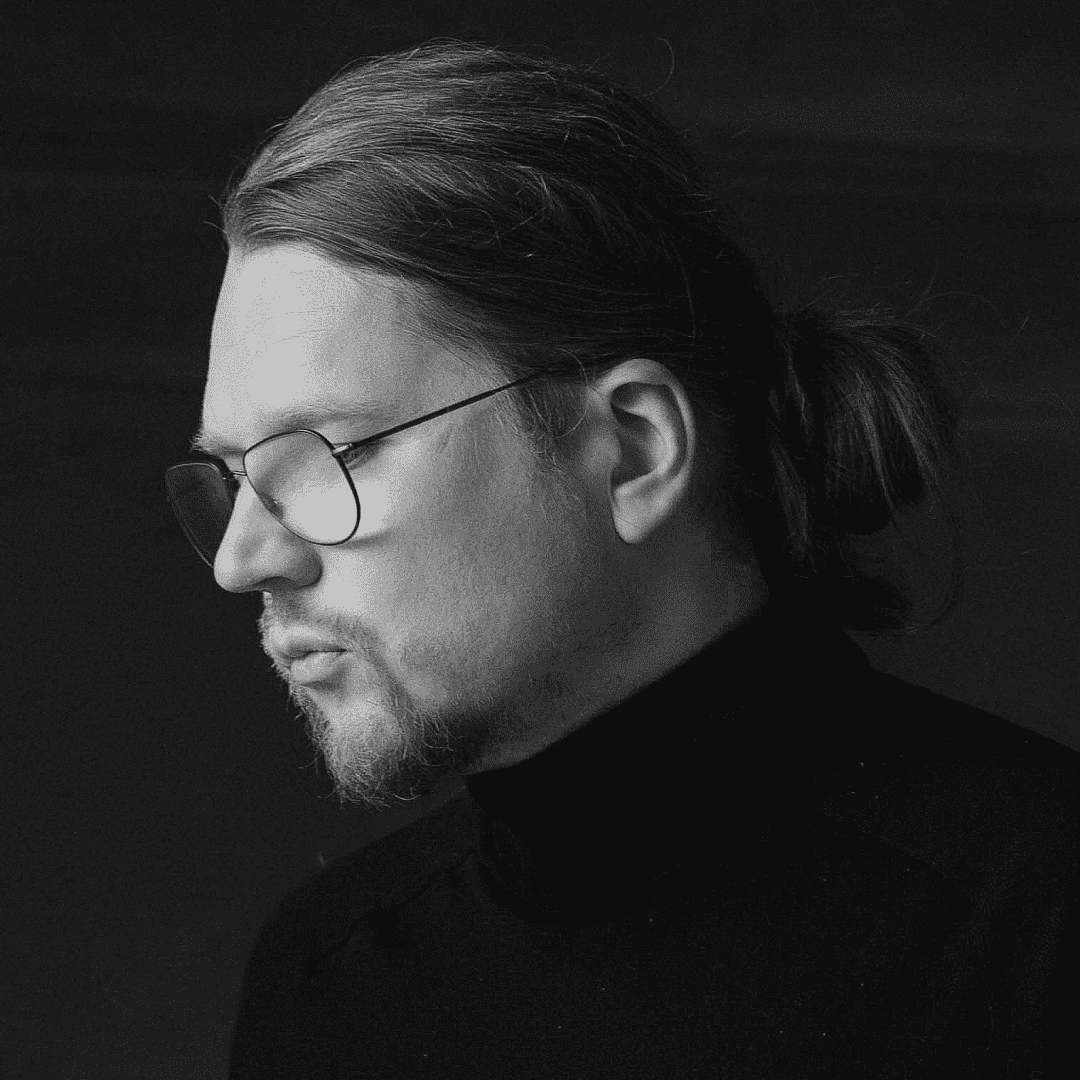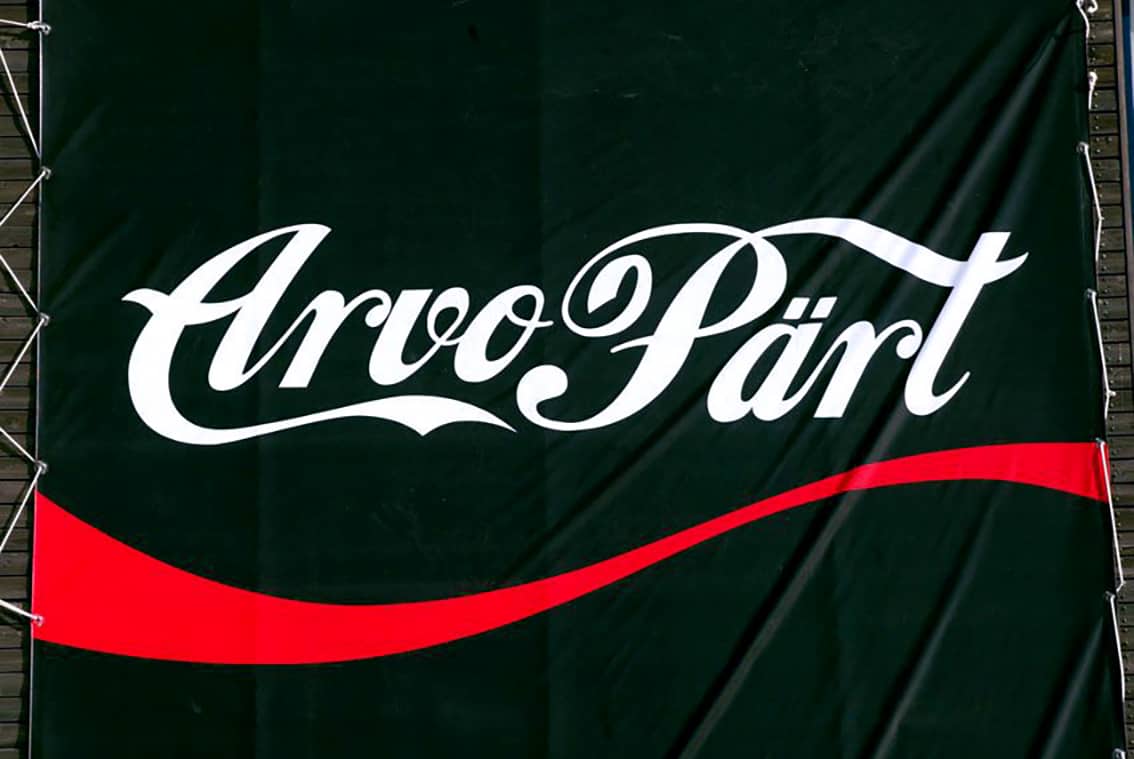
MARGUS TAMM


MARGUS TAMM
In 2005, the Philharmonic Chamber Choir organized an Arvo Pärt festival, and they commissioned me to create the graphic design for it.
I started contemplating what classical music represents, who Arvo Pärt is, and how to portray it visually. I wanted to avoid grandiose mindscapes or a strictly classical approach. I was searching for something simple and minimalist, a symbol or shape. Eventually, I realized that the most minimal sign was Arvo Pärt’s name. His name is familiar to everyone, even those who haven’t heard his music.
During my search and experimentation, I came up with the Coca-Cola letters and created Arvo Pärt’s name in the style of Coca-Cola, and included accompanying text explaining that the purpose was to break away from the usual pattern of venerating a classical figure and provide an additional nuance. Luckily then, this quite unorthodox approach got accepted. The design process began six months before the festival, and the materials appeared publicly as ads. I was actually surprised that it didn’t immediately gain much attention, considering classical music circles are known to be somewhat conservative.
But all changed a few weeks before the festival when the topic was brought up in the newspapers. Questions arose about the resemblance to the Coca-Cola letter, whether Coca-Cola was a hidden sponsor, whether it was a coincidence, or if the design was stolen. The press did their job, questioning the involved parties, and everyone gave different answers, causing even more confusion. All sides expressed their disappointment in the media. I agreed with the client not to provide comments, though I thought they somehow mishandled the communication. Their message was that the resemblance was coincidental, among other things. Someone in the media even claimed to have received a comment from Arvo Pärt, who allegedly didn’t understand why it was done that way. The matter even reached the Estonian Parliament, where the Minister of Culture responded to an inquiry stating that he had seen Pärt at the event, and since he didn’t appear to be upset in any way, it was acceptable to him.
The controversy escalated until I learned through the press that Coca-Cola threatened legal action if nothing was done about it. I was then instructed to redo all the materials, and I wrote Arvo Pärt in very ordinary letters. It was also an ironic solution to the situation on my part.
Our ways with the Choir then departed. I knew it was a risky design decision, and all in all, I think it was worth it. Of course, I thought through the situation myself in case someone asked for an explanation. I wanted it to be more than just scandalous; I wanted it to be a thought-out construction.
I was prepared for it to generate some discussion, but the unexpected and rapid escalation did surprise me. Personally, I didn’t experience much heat because I had an agreement with the client not to interfere, so I was portrayed in the media as an anonymous advertising agency designer. I essentially watched from the sidelines as my baby weathered the storm. However, the debate in the Parliament highlighted the necessity of this case for me, as the inquiry from a member of Parliament to the Minister of Culture brought out many problematic points. The sanctity of national culture, the connection between church and culture, and so on were discussed. It revealed a series of problematic issues.
In art, removing or prohibiting a work often gives birth to the work itself. If this piece had gone through without issues, we wouldn’t be discussing it now. Ten years later, the poster has been exhibited in several shows, and its context has been explored more broadly. The act of its removal makes it something more than just an advertising campaign. However, as a standalone artwork, it would have little value and be quite banal actually. Its value lies in the fact that it was a real-life advertising campaign that gives it meaningfulness.
Margus Tamm is a freelance designer, artist, and writer. Not much is known about his early life.
Interviewed by Toomas Järvet